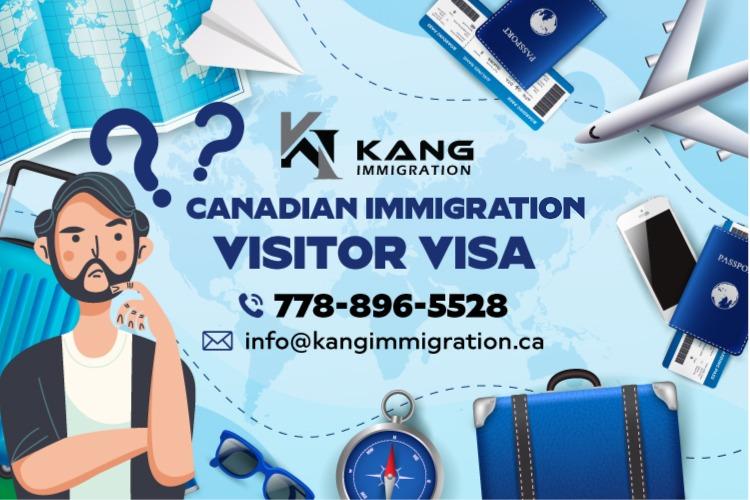
How to Apply for a Canadian Immigration Visitor Visa?
A Canadian immigration visitor visa (also known as a temporary stay visa) is an official document required to meet your country’s travel requirements. To enter Canada, your passport must be stamped with it. Visitor Visa applies to visitors who wish to enter the country with urgent notices for various purposes, including tourism, visiting friends and relatives, medical care, and attending conferences and conferences.
A visitor visa is a permit issued by the Canadian Citizenship and Immigration Bureau for citizens of most countries to visit Canada. The duration of the visit may vary depending on the immigration office of the place of entry, usually for 6 months. If the applicant has an excellent reason for extending his stay for more than six months, he can extend his visitor visa.
To obtain a visitor visa, you need to meet some basic requirements. There is a need:
- has valid travel documents such as passports
- has no criminal or immigration-related convictions
- Convince the Immigration Officer that you have the following relationships: Work, Home, Financial Assets, or Family-Bringing You Home
- convinces immigration officers to leave Canada at the end of their visit
- has enough money for your stay
- The amount required depends on the length of stay and whether you are staying at a hotel or with friends and family.
- You may also need a medical examination and an invitation from someone living in Canada.
How long can you stay?
Most visitors can stay in Canada for up to 6 months. At the port of entry, border guards may allow you to stay for less than 6 months or more than 6 months. In that case, the date you need to leave the country will be entered in your passport. They can also give you a visitor log document containing the date you need to go. You can stay in Canada for six months without a stamp on your passport, or until your passport expires, whichever is sooner.
5 Tips for Creating and Submitting a Canadian Immigration Visa Application
1. Purpose of Visit
It may seem obvious, but the reason for the visit and the time it took to travel should make sense. Don’t dress up for a business trip if travel is your reason. If you visit a friend, speak openly and do not suggest visiting your family, which may sound convincing.
2. Immigration status in your home country
There must be an explicit declaration of dual citizenship and permanent and temporary status. It is also essential to provide a legal context. Of course, travel and immigration documents must be up to date—lack of clarification.
3. Bonds of homeland
Family responsibilities and associated financial obligations are important factors when a direct family lives. Limited connections with the homeland are unfair but can be problematic in certain situations.
4. Past travel and civil history
Positive travel history, exemplary citizenship, employment, and financial records are essential. There is a discussion of all tolerance issues, such as crime and security. Prove that the applicant poses no health risks, remains healthy, and has no infectious, physical, or mental illness history.
5. Ability to leave Canada
The more countries there are, the more compliance when traveling abroad is a strong indicator of future action on the terms of a Canadian-issued visa. Traveling to Canada multiple times also helps, as applicants are unlikely to endanger their long-term ability to continue traveling to Canada or other countries on future trips.


